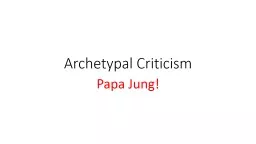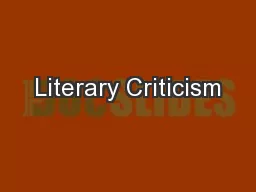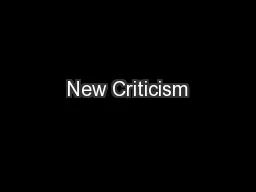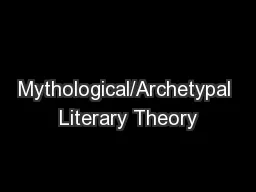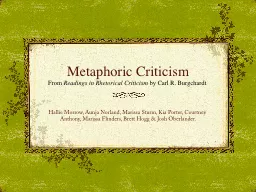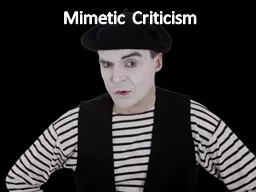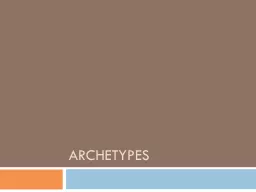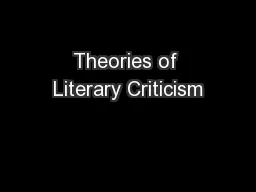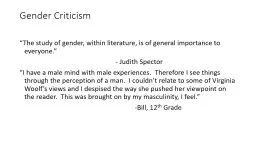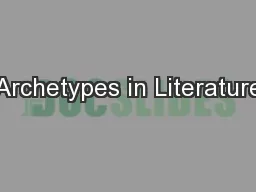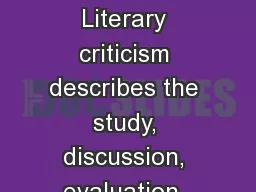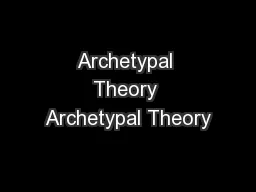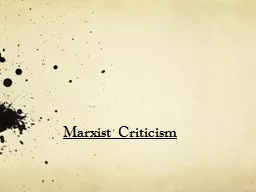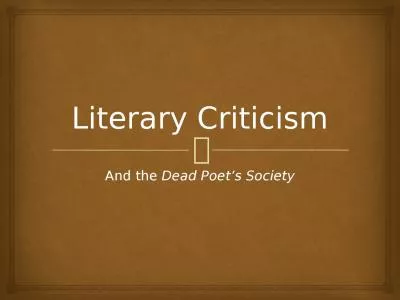PPT-Archetypal Criticism
Author : tawny-fly | Published Date : 2017-09-23
Papa Jung Papa jung says Who looks outside dreams who looks inside awakes Differences Between Freud and Jung Most of Jungs assumptions of his analytical psychology
Presentation Embed Code
Download Presentation
Download Presentation The PPT/PDF document "Archetypal Criticism" is the property of its rightful owner. Permission is granted to download and print the materials on this website for personal, non-commercial use only, and to display it on your personal computer provided you do not modify the materials and that you retain all copyright notices contained in the materials. By downloading content from our website, you accept the terms of this agreement.
Archetypal Criticism: Transcript
Download Rules Of Document
"Archetypal Criticism"The content belongs to its owner. You may download and print it for personal use, without modification, and keep all copyright notices. By downloading, you agree to these terms.
Related Documents

